NAS & RAID: a perfect marriage for footage


Offloading straight to USB disks is by far the most popular way to backup your footage on set. About 45% of all imports with Hedge are done to USB disks. They’re small, lightweight and cheap.
Working with a bunch of small disks in post is exactly the opposite: annoying, slow, and generally a mess. That’s why most houses work with shared storage, built for both redundancy and speed.
Why not use those technologies on set? An Avid NEXIS on set might be a bit overkill, but there is an affordable middle ground: NAS and RAID systems.
The whole is greater than…
The last few years have been really good for video professionals. With the advent of SSDs, USB3 & Thunderbolt it has become a lot cheaper to speed up offloads. But, since sensors have grown massively too, many of us try to cope with the vast amount of storage and speed needed for 4K workflows.
Instead of owning a pile of disks, buy an enclosure and repurpose all those disks into it. The advantages are legion: no cable mess, protection against disk failure, easy to share footage, and speed. Mucho speed.
Just A Bunch Of Disks
RAID, or a Redundant Array of Independent Disks, is a way of combining multiple disks to appear as one. The data is spread out over all disks, so lighten the workload and reduce points of failure. There are many flavors of RAID, each optimized differently for speed, redundancy or a mix of both.
Calculating where the data should be read from or written to on a RAID is CPU hungry. That’s why they have dedicated RAID controllers, optimized for these calculations. You can also use software like OWC’s SoftRAID. Dedicated hardware tends to be faster but comes at a price.
Please remember: RAID is not a backup, at least not by itself. If your RAID configuration offers redundancy, a disk can fail and you’ll be able to replace it without data loss. But if the RAID itself fails (e.g. when the controller dies) all will be lost.
Network Attached Storage
Thanks to the advent of cheap ARM chipsets, networked disks have become very affordable. Brands like Synology, QNAP and Drobo offer desktop-sized NAS servers that are not too expensive and relatively mobile.
Speed is not a forte of “consumer” NAS systems: the internal chipsets just don’t have the calculating power hardware RAIDs do. They’re essentially a software RAID in an external enclosure. So, a RAID flavor optimized for redundancy is used.
Network storage brings peace of mind to the table: there’s no time pressure when disks fail. If a disk fails, swap it out for a new disk and you’re done. Larger enclosures offer the option of a hot spare, so the extra spare disk you keep on the shelf/in your Pelicase is your second line of defense. Recalculating the array takes ages, but generally doesn’t kill access. This way you can continue offloading, albeit probably a bit slower than before.
Maybe the best thing about NAS is the apps they offer: functioning as private clouds it’s easy to give clients limited access to project files, proxies or even have them sync automatically with cloud providers like Dropbox, or build your own with BitTorrent Sync.
Best of both worlds
Here’s the perfect marriage: use a NAS for main storage of all your projects, use a RAID for editing your current project. Need to offload on set? Bring either the NAS or the RAID to the set, depending on how much speed and storage you need.
Make use of the software on a NAS to create continuous backups of your project folders. Most support Time Machine, and even automated backups to cloud providers or another NAS that’s living off-site.
- Need space? Go with Network Attached Storage.
- Need speed? Go with RAID.
- Need both? Combine them.
Liked this? Here’s a $10 coupon for Hedge, the fastest way to back up media.
